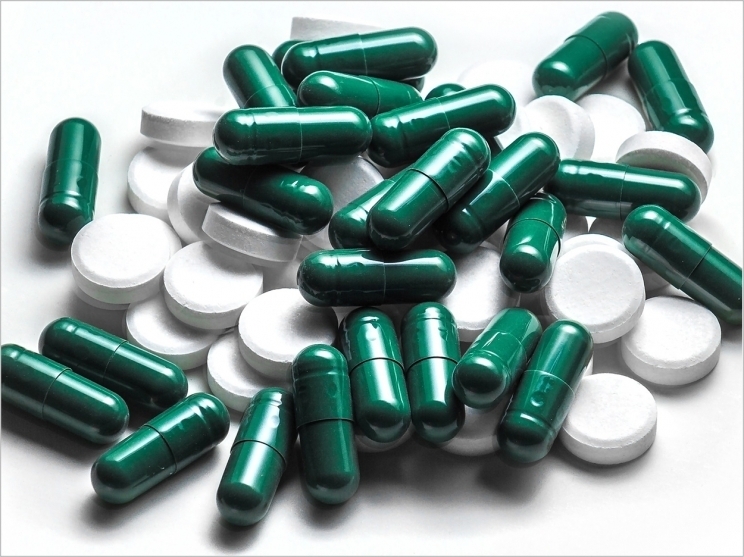
Researchers have found that 81% of the antibiotics prescribed by dentists, who account for about 10% of all antibiotic prescriptions, to prevent infections prior to dental visits are unnecessary. The researchers say these numbers highlight the need to improve antibiotic stewardship in dental practices, especially those in the Western United States, which were associated with the highest rates of unnecessary prescriptions.
Using the Truven national integrated health claims database, the study retrospectively analyzed dental visits between 2011 and 2015. It compared antibiotic prescriptions dispensed prior to 168,420 dental visits to the number of high-risk cardiac patients who, per national guidelines, are the only patients recommended for antibiotics before a dental procedure. The study found that 81% of prescriptions did not align with the guidelines and were provided to patients without high-risk cardiac conditions.
The prescriptions involved more than 90,000 patients, 57% female, with a median age of 63. More than 90% of the patients underwent a procedure that possibly warranted taking an antibiotic ahead of time, but less than 21% of those people had a cardiac condition that made an antibiotic prescription recommended under medical guidelines.
“Preventive antibiotics in these patients gave them risks that outweighed the benefits,” said study author Jessina McGregor, PhD, associate professor with the Oregon State University College of Pharmacy.
“Use of preventive antibiotics in these patients opens them up to the risks associated with antibiotic use—increasing bacterial resistance and infections, for example—when the evidence used to develop the guidelines suggests that the risks outweigh the benefits in most patients,” said Katie Suda, PharmD, MS, associate professor of pharmacy systems at the UIC College of Pharmacy and corresponding author of the study.
After looking at antibiotic prescribing patterns by geography, the researchers found that 11,601 of the 13,735 or 85% of prescriptions were out of sync with the guidelines in the West. Other regional percentages included 78% in the Northeast, 83% in the Midwest, and 80% in the South. Also, 82% of the unnecessary prescriptions were written in urban population centers, and 79% in rural areas.
Among patients most likely to fill prescriptions for unnecessary antibiotics are those with prosthetic joint implants and those receiving clindamycin.
“These results point to trends by geography that are unexpected—they are the opposite of what is seen in medical clinics—and to an alarming tendency of dental providers to select clindamycin, which is associated with a higher risk of developing C difficile infections when compared to some other antibiotics,” Suda said.
“Dental providers are very thoughtful when they develop care plans for their patients, and there are many factors that inform dentists’ recommendations and the medications they prescribe,” said Susan Rowan, DDS, executive associate dean, associate dean for clinical affairs, and clinical associate professor at the UIC College of Dentistry and coauthor of the study.
“But this study shows that there is an opportunity for dentists to reevaluate if necessary and incorporate renewed commitments to antibiotic stewardship into their practices that limit preventive prescriptions to a small group of patients,” Rowan said.
“I think dental providers should view this study, which is the first to look at preventive antibiotic prescribing for dental procedures, and provide this type of actionable information as a powerful call to action, not a rebuke,” Rowan said.
The authors noted that because the study was limited to patients with commercial dental insurance and the analysis used a broad definition of high-risk cardiac patients, the findings may actually underestimate unnecessary prescribing or antibiotics.
The study, “Assessment of the Appropriateness of Antibiotic Prescriptions for Infection Prophylaxis Before Dental Procedures, 2011 to 2015,” was published by JAMA Network Open.
Related Articles
Report Details Most Common Antibiotic Uses in Endodontic Infections
Think Twice Before Prescribing Antibiotics
Antibiotics Deemed Unnecessary for Healthy Dental Implant Patients











